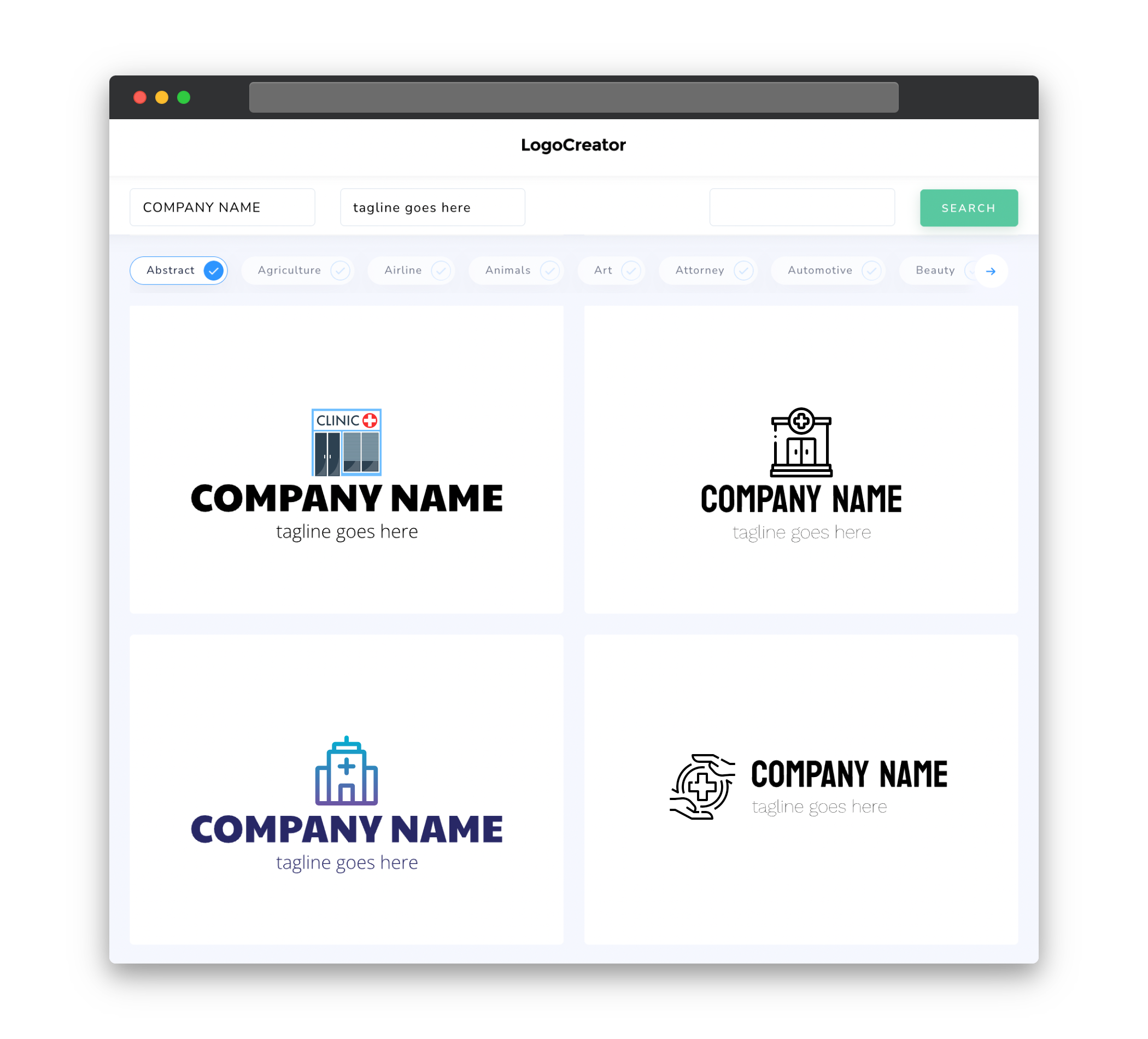Audience
When it comes to creating a clinical logo, it is crucial to understand your target audience. In the healthcare industry, your logo must appeal to a wide range of individuals, including patients, medical professionals, and potential partners or investors. Your logo should evoke trust, professionalism, and a sense of reliability. It should also be easily recognizable and memorable, making a lasting impression on those who encounter it. By understanding your audience and catering to their preferences and expectations, you can create a clinical logo that effectively communicates your brand message.
Icons
Choosing the right icons for your clinical logo is essential in conveying your brand identity. Icons can represent different aspects of healthcare, such as a stethoscope to symbolize medical expertise or a heart to represent care and compassion. It is important to select icons that are simple, clear, and easily identifiable. Avoid complex or intricate icons that may be difficult to reproduce and lose their impact when scaled down or viewed in small sizes. By incorporating appropriate icons into your clinical logo, you can visually communicate your brand’s values and services.
Color
Color plays a significant role in the perception and emotional response of your clinical logo. When choosing colors for your logo, it’s essential to consider the psychological associations associated with each color. In the healthcare industry, blue is often utilized as it conveys trust, reliability, and professionalism. Green represents nature, health, and well-being, while red can convey urgency or importance. It is crucial to select colors that align with your brand identity and resonate with your target audience. Additionally, ensure that the colors you choose are visually appealing and complementary, creating harmony within your logo design.
Fonts
The selection of fonts in your clinical logo should reflect the professionalism and clarity that the healthcare industry demands. Opt for clean, legible fonts that are easy to read. Sans-serif fonts, such as Arial or Helvetica, are often preferred for their simplicity and modern appearance. Serif fonts, like Times New Roman or Georgia, can also be suitable for conveying a sense of tradition and reliability. It is important to choose fonts that are scalable and look great across different mediums, whether it’s on a website, stationery, or signage. By selecting appropriate fonts, you can create a clinical logo that effectively communicates your brand’s message with clarity and professionalism.
Layout
The layout of your clinical logo is crucial in ensuring a balanced and visually pleasing design. A well-structured layout helps to create a memorable and impactful logo. Consider the placement and arrangement of your chosen icons, text, and any additional graphical elements. A common approach is to position the icon on the left or above the text, allowing for easy recognition while maintaining a harmonious design. It is important to strike a balance between simplicity and complexity, ensuring that your logo is not overwhelming or cluttered. By carefully organizing the elements of your clinical logo, you can create a design that effectively represents your brand and leaves a lasting impression.
Usage
Your clinical logo should be versatile and adaptable for various applications. It will be used across different mediums, such as websites, business cards, signage, and marketing materials. As such, it is crucial to ensure that your logo design retains its clarity and impact when scaled down or reproduced in black and white. Consider creating different variations of your logo, such as a simplified version for small sizes or monochromatic versions for specific use cases. By designing a versatile clinical logo, you can ensure consistent brand representation across all platforms and touchpoints.



